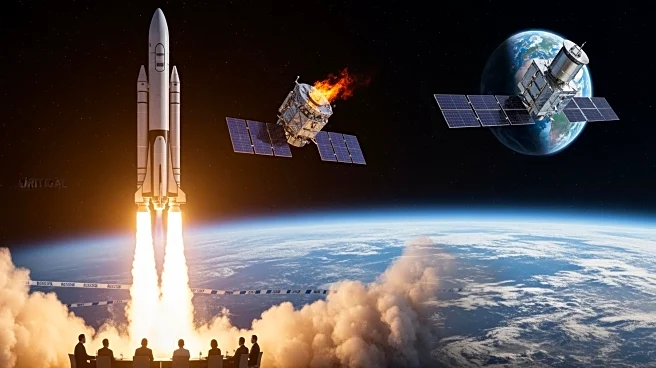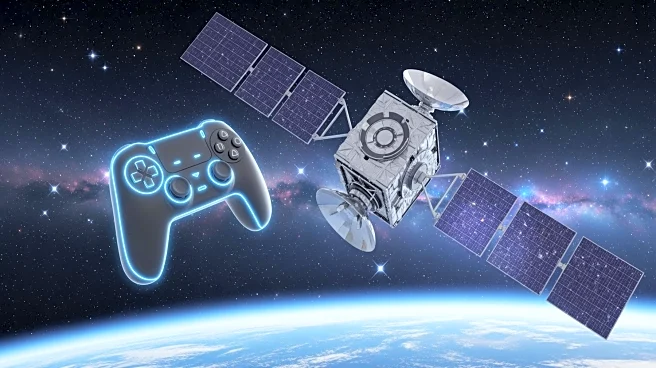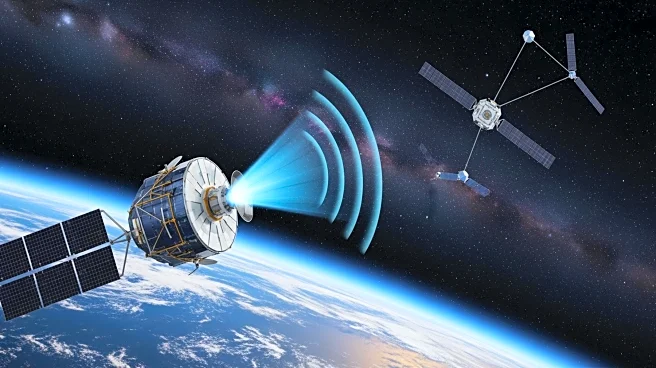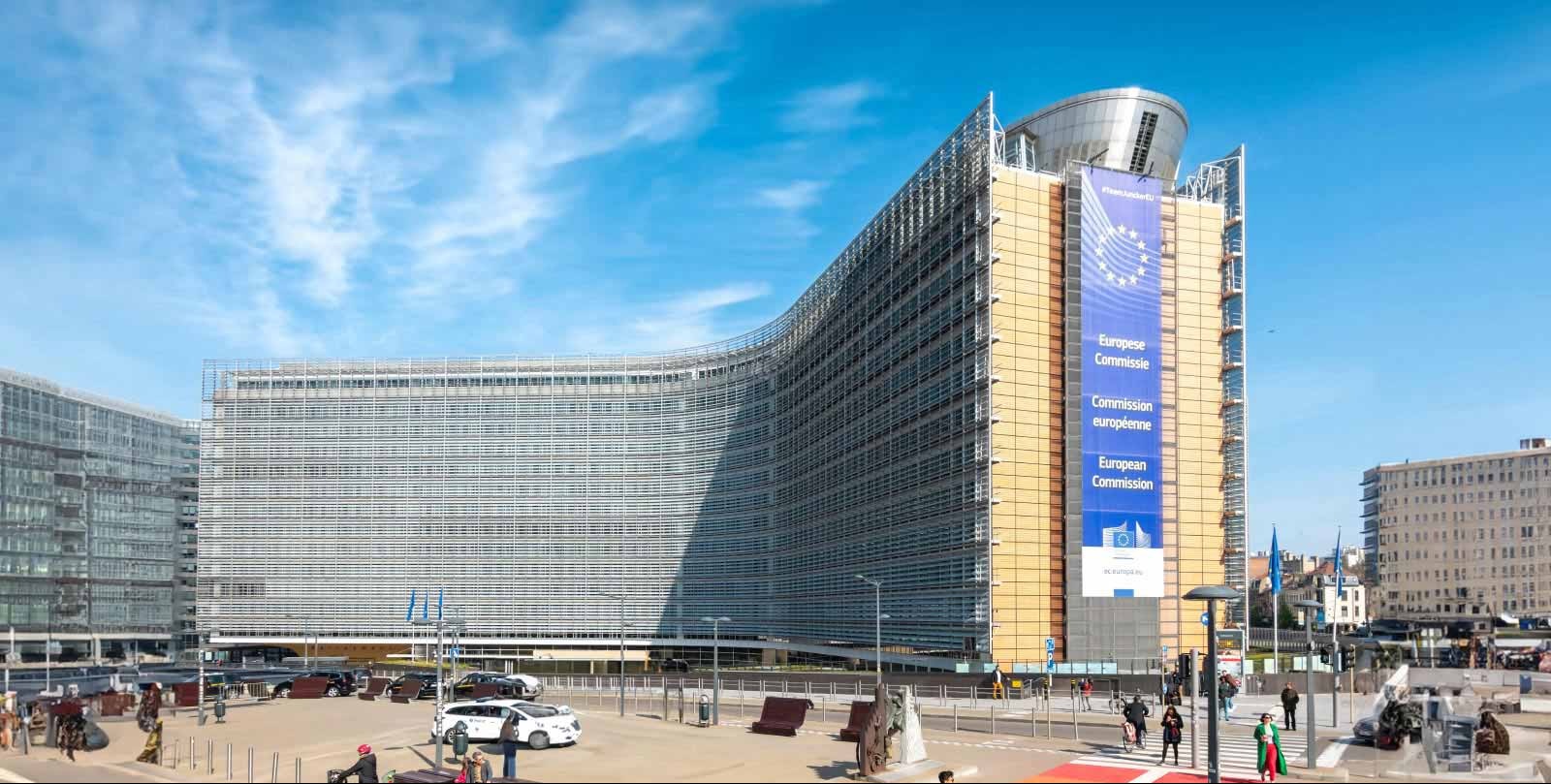What's Happening?
The Ariane 6 rocket, operated by Arianespace for the European Space Agency (ESA), is set to launch the Sentinel-1D Earth-observation satellite from Europe's Spaceport in Kourou, French Guiana. Scheduled
for its fourth launch, the Ariane 6 will carry the satellite to low Earth orbit, contributing to the European Union's Copernicus program. The Sentinel-1D satellite is equipped with advanced radar imaging capabilities, providing critical data for disaster response, environmental monitoring, and maritime surveillance. This launch marks a continuation of the Ariane 6's operational success following its debut in 2024.
Why It's Important?
The successful deployment of Sentinel-1D will enhance the Copernicus program's ability to deliver timely and accurate Earth observation data. This data is vital for various applications, including climate change monitoring, natural disaster management, and maritime safety. The Ariane 6's performance in this mission will further establish its reliability as a heavy-lift launch vehicle, supporting Europe's strategic interests in space. The mission's success could also strengthen international collaborations and partnerships in space exploration and satellite technology.
What's Next?
Following the launch, the Sentinel-1D satellite will undergo a series of tests to ensure its operational readiness. It will then begin its mission to provide high-resolution radar imagery of Earth's surface. The data collected will be used by various stakeholders, including government agencies, scientific institutions, and commercial entities, to support decision-making and policy development. The continued success of the Ariane 6 program may lead to increased demand for its launch services, further solidifying Europe's position in the global space industry.













